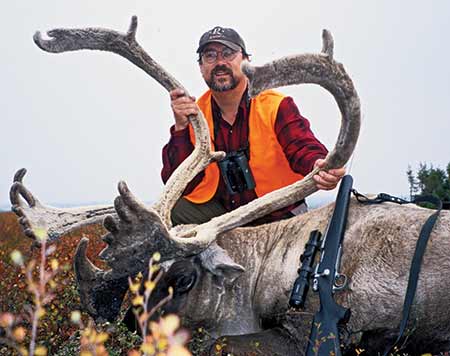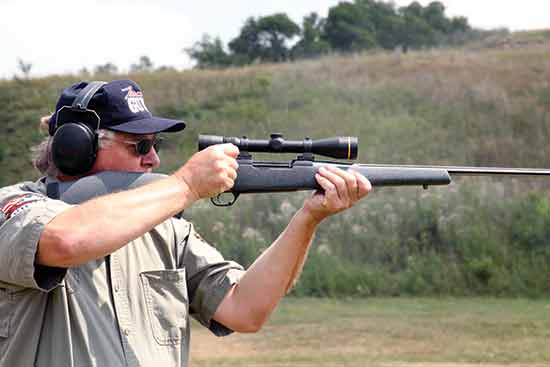Mistakes Hunters Make
Plead Your Case, Are Your Guilty Or Not Guilty
Guides and professional hunters see a lot of hunters. One question I like to ask them is, “What are the most common shooting mistakes you see clients make?” Then I always enjoy sitting back and watching their grimaces!
A common fault is being slow in getting off the shot. It drives guides batty to get their client in position for a shot, only to have the game wander away or get scared off before the shot can be fired. One aspect is being unprepared to shoot. When searching for game, the rifle is just an extra burden; the binocular is the basic tool. Once game is located the objective is to get within shooting range. The hunter’s role — and this applies whether hunting with a guide or on your own — is to shift focus from looking to shooting. Put the binocular away and get the rifle off your shoulder and into your hands. Make sure the scope is set to the appropriate power, your ear plugs in place — whatever is needed to prepare for the shot.
Sometimes there’s a psychological aspect. The hunter has a perfect shot opportunity, and then aims and aims and aims and aims some more. Or fiddles with the scope, checking the safety, maybe checking to see if a cartridge is chambered.
The Fiddle Factor
Have I seen it? Heck, I’ve done it. My first pronghorn antelope hunt was a do-it-yourself affair more than 40 years ago. Sitting on a hillside and searching with a binocular, my rifle (a Sako Finnbear .25-06 with a 6-18X Redfield Accu-Range scope) was laying across my knees. A buck appeared from a little fold of ground at the base of the hill, all of 90 yards away. It watched with interest as I got the rifle up. From a sitting position with the scope at 6X I should have been able to shoot a flea off its ear.
Instead I squirmed into a prone position. And still didn’t shoot. Now I flailed around some more, cranking the scope to 18X. I can only assume this buck, still standing there, was even dumber than the hunter. Finally the shot broke and with my left eye I saw all four hooves in the air.
I think the psychological block is similar to what in sports is known as choking under pressure. The best cure I know of is experience, and the best way to acquire lots of experience is varmint shooting.
Another common problem is admiring the shot instead of immediately reloading and making ready to fire again. It’s best to think of firing a shot as a sequence of events, beginning when the decision is made to shoot, ending not when the shot is fired but when you’re ready to fire again.
Even after all these years I don’t always get it right. Hunting with a guide in New Zealand during a steady drizzle, I shot from prone at a red stag at a bit over 300 yards. Reloading and re-acquiring it in the scope, I saw it take a step or two and fall. After seeing no further movement for 30 seconds or so I cleared the chamber and got up.
We were congratulating ourselves on a successful stalk when the guide suddenly said, “He’s up again!” It took a few seconds to wipe moisture from the scope lenses and reload, during which the stag took a few unsteady steps in a little circle, then went down to stay. It caught me off-guard — in spite of the fact I thought it was all handled.
No Rest?
Some guides lament their clients are seemingly incapable of shooting offhand at any range. Following up wounded game with a shooting opportunity at 40 or 50 yards, the hunter starts looking for a rest. By the time he’s ready to shoot, the opportunity is lost.
As it happens I think finding a rest is almost always the best option and I can’t recall the last time I fired offhand at a game animal. But I can do it if I have to, and I agree with the guides it’s a skill worth developing.
I do a lot of shooting offhand with air rifles and .22s. An excellent drill is an 8″ steel plate at 100 yards. When you can hit it with every shot, start working on reducing the time. I like to use an electronic shot timer, starting with the rifle held in both hands as you might when searching for wounded game. If you can consistently hit the plate in under four seconds from buzzer to shot, you can handle most any real-world offhand shot.
And, you’ll make a guide smile some day, rather than throw his hat in the dirt and stomp on it!







